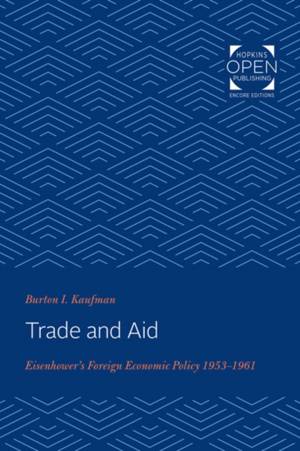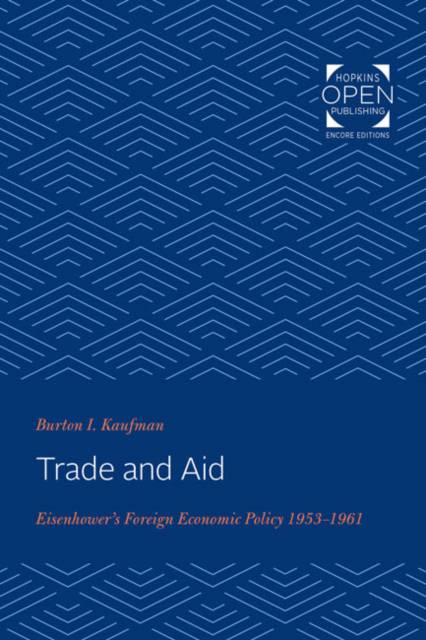
- Retrait gratuit dans votre magasin Club
- 7.000.000 titres dans notre catalogue
- Payer en toute sécurité
- Toujours un magasin près de chez vous
- Retrait gratuit dans votre magasin Club
- 7.000.0000 titres dans notre catalogue
- Payer en toute sécurité
- Toujours un magasin près de chez vous
Description
Originally published in 1982. Trade and Aid outlines the transition of U.S. foreign policy during the Eisenhower administration. In the years leading up to Eisenhower's election, America's predominant foreign economic program was based on the concept of "trade not aid," which deemphasized foreign aid and relied instead on liberalized world trade and the encouragement of private foreign investment to assure world economic growth. When Eisenhower took office in 1953, he embraced this doctrine. However, as problems in the Third World worsened, it became clear to Eisenhower and other architects of American foreign policy that trade and private investment were insufficient solutions to the economic woes of developing nations. In 1954 Eisenhower began to embrace economic aid as a core axis of his foreign economic policy. Burton I. Kaufman contextualizes Eisenhower's foreign policy leadership in the ongoing historical evaluation of Eisenhower's leadership prowess. He evaluates the outcomes of the Eisenhower administration's trade and aid program, arguing that developing countries were worse off by the time Eisenhower left office.
Spécifications
Parties prenantes
- Auteur(s) :
- Editeur:
Contenu
- Nombre de pages :
- 298
- Langue:
- Anglais
- Collection :
- Tome:
- n° 100
Caractéristiques
- EAN:
- 9781421435725
- Date de parution :
- 01-12-19
- Format:
- Livre broché
- Format numérique:
- Trade paperback (VS)
- Dimensions :
- 152 mm x 229 mm
- Poids :
- 439 g

Les avis
Nous publions uniquement les avis qui respectent les conditions requises. Consultez nos conditions pour les avis.






